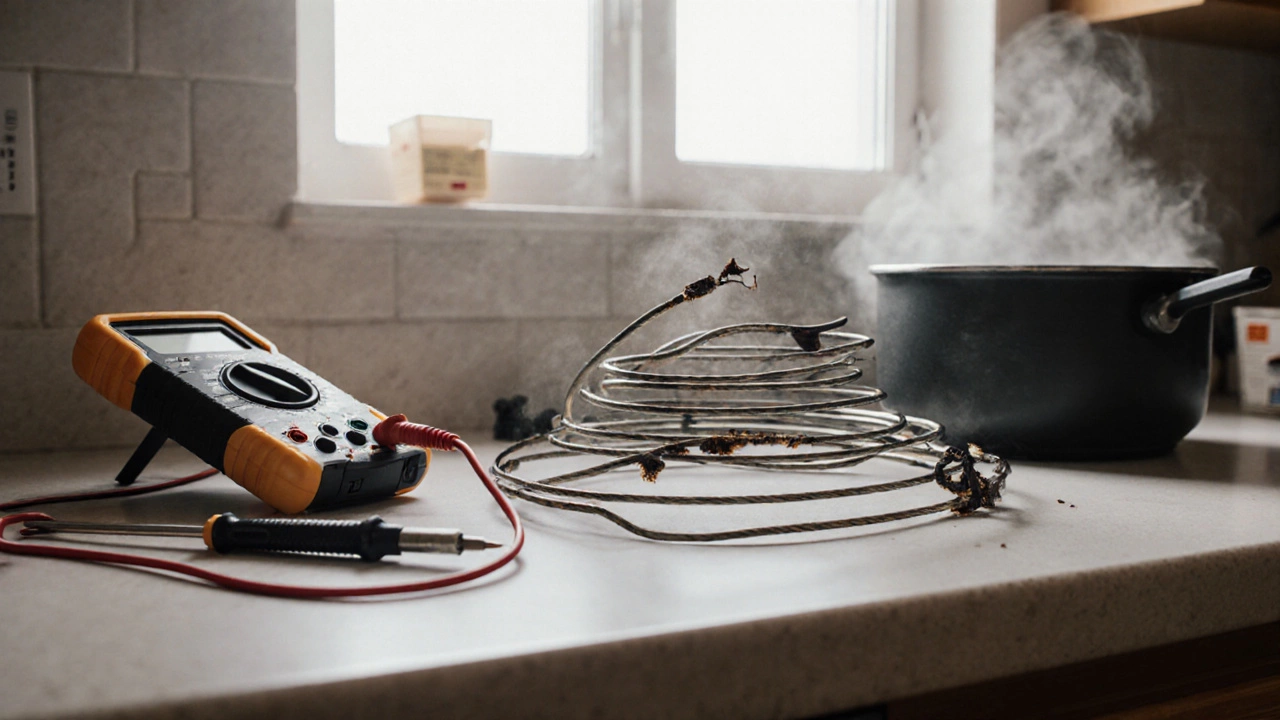When your oven won’t heat, your dryer takes forever, or your water heater runs cold, the culprit is often a faulty element, a heating component inside appliances that fails after years of use, often due to wear, mineral buildup, or electrical surges. Also known as a heating element, it’s one of the most common parts to break in electric appliances. You won’t always see it fail—sometimes it just stops working quietly. But there are clear signs: no heat, odd smells, visible cracks, or sparks when you turn it on. A blown element isn’t a mystery—it’s a simple fix, if you know where to look.
The oven heating element, the coiled wire at the top or bottom of your oven that glows red when heating is the most frequent offender. If your oven takes 30 minutes to preheat or heats unevenly, that element might be dying. For dryers, a faulty element means clothes stay damp even after a full cycle. In water heaters, it’s the element inside the tank that keeps water hot—when it goes, you get cold showers. These parts don’t last forever. Most last 8 to 15 years, depending on usage and water quality. If you’ve had the same appliance over a decade, a failing element isn’t a surprise—it’s expected.
Before you call a technician, check the element yourself. Unplug the appliance, open the panel, and look for breaks, blisters, or dark spots. A multimeter can test if it’s still conducting electricity. If it’s dead, replacing it costs between $20 and $50 for the part, and maybe $100 to $150 with labor. That’s usually cheaper than buying a new appliance—unless your unit is old, inefficient, or has other problems. A 12-year-old oven with a blown element might be better off replaced, especially if the control board is also failing. But if your appliance is under 8 years old and otherwise works fine, replacing the element is a smart move.
You’ll find real-world guides below on how to test a faulty element, what tools you need, how to avoid safety mistakes, and when to call a pro. We’ve got step-by-step checks for ovens, dryers, and water heaters—all based on actual repairs done in Taunton homes. No fluff. No theory. Just what works.
Posted by
Orin Trask
0 Comments

The two most common electric stove problems are a broken heating element and a failing infinite switch. Learn how to diagnose and fix them yourself with simple tools and step-by-step guidance.
read more